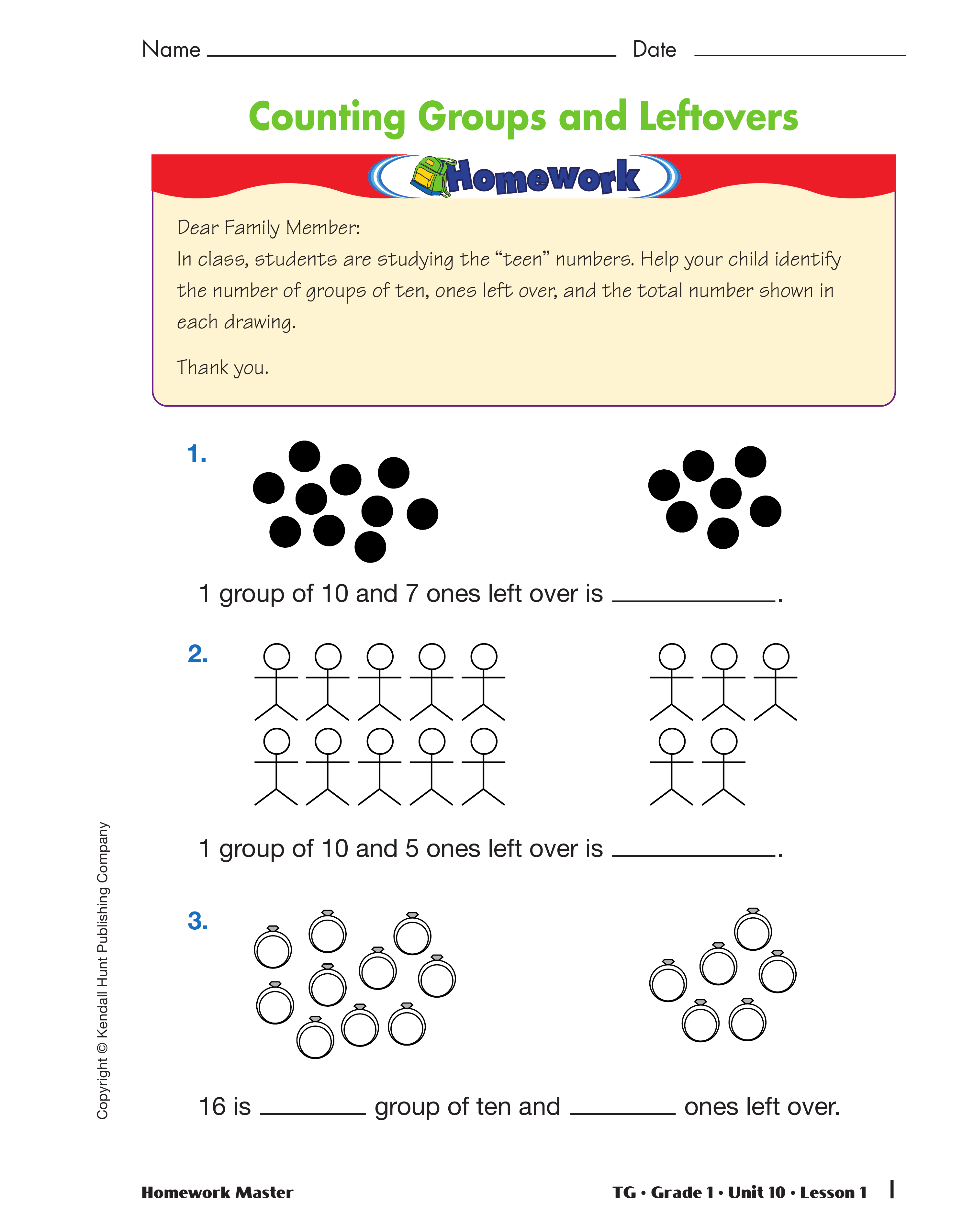The Teens
Est. Class Sessions: 1–2Developing the Lesson
Part 2: Saying 13 in Japan
Ask the students if they speak another language or if they know someone who speaks another language. Encourage students to briefly share experiences and information about other languages. Elicit the observation that a person speaking another language can say the same thing but uses other sounds or words to say it and that these sounds are meaningful to another speaker of the same language.
Discuss the reasons why someone might study another language. The obvious reason is to be able to talk to other people in that language. However, point out that sometimes people also study another language to learn about other ways of saying or thinking about something.
Point out the chart of the English and Japanese numbers and display the Japanese Numbers Master. Ask whether any of the students know how to count to twenty in another language. Let students who respond positively demonstrate for the class.
Give the students a few minutes to look at the chart and Master.
Ask:
Point to the columns of words down each side of the diagram.
Point to the column on the right side and explain that this is the way that people in Japan count. Show the words for the numbers one through ten on the chart, saying them aloud. Then direct attention to the words for 11–20 on the Master.
Say:
Let students identify other examples or point them out yourself.
Students might recognize the pattern in our words for the numbers 13 through 19 in which the counting number is attached to the suffix "teen." If not, point this out as one similarity.
Ask:
Write 17 and seventeen on the board.
Ask:
Add number sentences to the board as shown in Figure 4.
Assign the Counting Groups and Leftovers Homework Masters.














